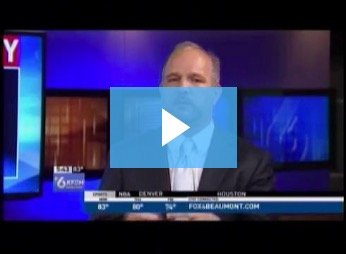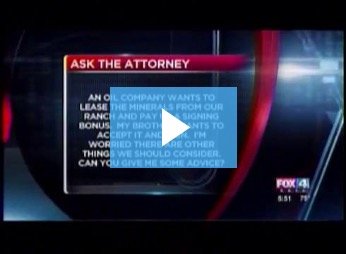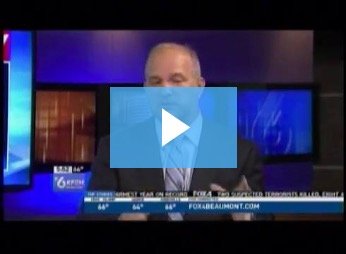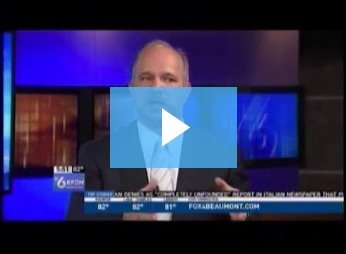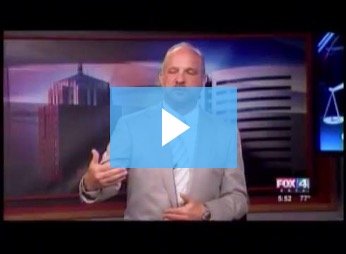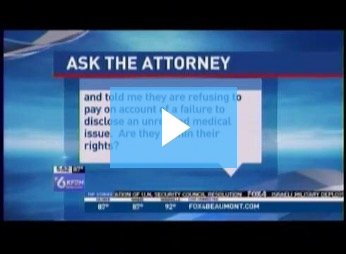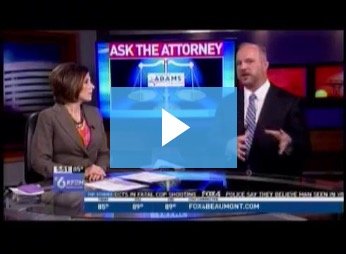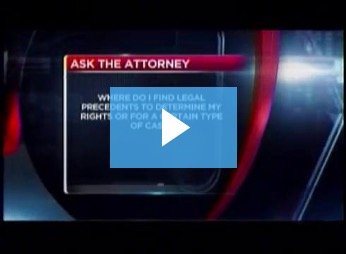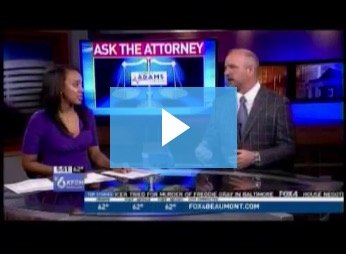Rear-End Collisions: Who’s At-Fault and How to Deal With Them
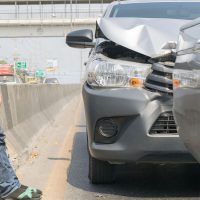
Rear-end collisions are the most common type of car crash, and while they are commonly thought of as minor, they often result in significant property damage, serious injuries, and even fatalities. Understanding who’s at fault in a rear-end collision is crucial for anyone involved in such an incident when it comes to recovering compensation for injuries from the liable party. Read on as we delve into determining fault in rear-end collisions and provide guidance on dealing with the aftermath. If you’ve been injured in a rear-end collision or other type of crash in Southeast Texas or statewide, contact the Gilbert Adams Law Offices to speak with a skilled and experienced Beaumont personal injury lawyer.
Determining Fault in Rear-End Collisions
In most rear-end collisions, the driver of the trailing vehicle is presumed to be at fault. This presumption arises from the basic traffic rule that drivers must maintain a safe following distance to avoid collisions if the vehicle in front suddenly stops or slows down. Texas law enforces this principle, holding the rear driver responsible for maintaining control of their vehicle at all times.
While the trailing driver is typically presumed to be at fault, several exceptions may shift or share the blame:
-
Sudden Stops: If the leading vehicle makes an unexpected and abrupt stop without a valid reason, the driver of that vehicle may share some fault.
-
Mechanical Failures: If the rear driver can prove that a mechanical failure (such as brake failure) caused the collision and that the failure was unforeseeable, they might not be held entirely liable.
-
Multiple Vehicle Collisions: In pile-up scenarios involving multiple vehicles, the fault may be shared among several drivers depending on their specific actions and reactions during the crash.
-
Road Conditions: Poor road conditions, such as slippery or poorly maintained roads, can also be a factor in determining fault. In some cases, governmental entities responsible for road maintenance might share liability.
Gathering Evidence
To establish fault in a rear-end collision, evidence is crucial. Key pieces of evidence include:
-
Police Reports: Official accident reports often contain valuable details and can indicate which driver was cited for traffic violations.
-
Witness Statements: Eyewitnesses can provide an unbiased account of the crash, helping to establish the sequence of events.
-
Dashcam or GPS Evidence: Video footage from dashcams can clearly show the actions of both drivers leading up to the collision, while GPS data can reveal information about vehicle travel.
-
Electronic Crash Data: Most modern vehicles store valuable information regarding speed and other factors in the moments before a crash
-
Crash Scene Photos: Photos of the scene, including vehicle positions and skid marks, can help reconstruct what happened.
Dealing with the Aftermath
If you’re involved in a rear-end collision, taking the following steps can protect your rights and help you handle the situation more effectively:
-
Ensure Safety: Move to a safe location if possible and check for injuries. Call 911 to report the crash and request medical assistance if needed.
-
Document the Scene: Take photos of the scene, including vehicle damage, road conditions, and any visible injuries.
-
Exchange Information: Exchange contact and insurance information with the other driver(s) involved.
-
Speak to Witnesses: Obtain contact information from any witnesses and ask for their account of what happened.
-
Avoid Admitting Fault: Be cautious about what you say at the scene. Avoid admitting fault or making statements that could be used against you later.
Dealing with insurance companies and navigating the legal complexities of a rear-end collision can be challenging. It’s essential to seek legal assistance to ensure your rights are protected and to pursue fair compensation for your injuries and damages. Gilbert Adams Law Offices, a Beaumont personal injury law firm, offers experienced legal representation for injury victims in Southeast Texas and statewide. Our team can help you with:
-
Negotiating with Insurance Companies: Insurance companies often attempt to minimize payouts. Our attorneys can handle negotiations to ensure you receive the compensation you deserve.
-
Investigating the Collision: We conduct thorough investigations to gather evidence, reconstruct what happened, and establish the other driver’s fault while minimizing any shared fault the insurance company tries to pin on you.
-
Pursuing Legal Action: Our skilled and experienced injury lawyers will negotiate with the insurance company and settle your claim for a fair amount that compensates you for your losses. If necessary, we can file a lawsuit and represent you in court to seek maximum compensation for your injuries and losses.
In a rear-end collision, you may be entitled to various forms of compensation, including coverage for current and future medical bills related to your injuries; compensation for lost income due to the inability to work; damages for physical pain, emotional distress, and diminished quality of life; and reimbursement for vehicle repair or replacement costs.
Contact Gilbert Adams Law Offices for Help After a Rear-End Collision in Texas
Rear-end collisions can have serious consequences, but understanding fault and knowing how to handle the aftermath can significantly improve your ability to recover physically, emotionally, and financially. If you or a loved one has been hurt in a rear-end collision in Beaumont or anywhere in Texas, Gilbert Adams Law Offices is here to help. Call us today at 409-835-3000 for a free consultation and let us fight for the justice and compensation you deserve.


